The materials used for brake pads or brake bands must be able to withstand the frictional force of braking as this mechanical component receives the brunt of that process. Read More…
You only need to know one name for your friction material needs: Cook Bonding & Manufacturing. We have been working hard for over 3 decades and specialize in the manufacture of high quality friction materials, gear tooth facings, press blocks, and more.
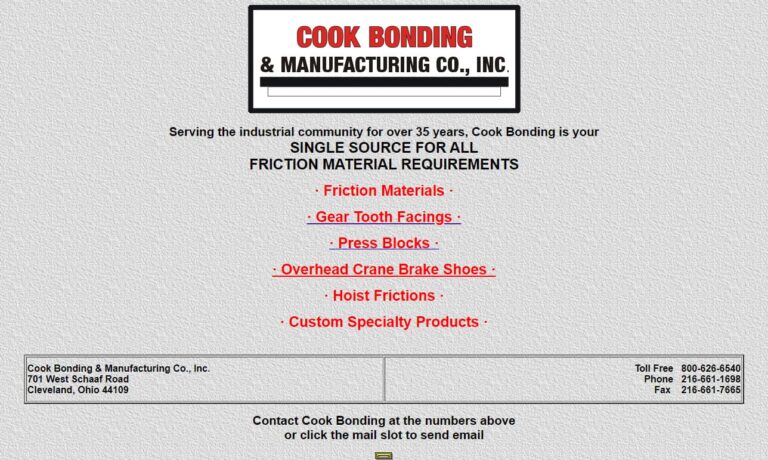
ProTec Friction Group is a producer of friction components and forms. By combining our manufacturing expertise with our supply chain knowledge, we are able to bring friction solutions to our customers.
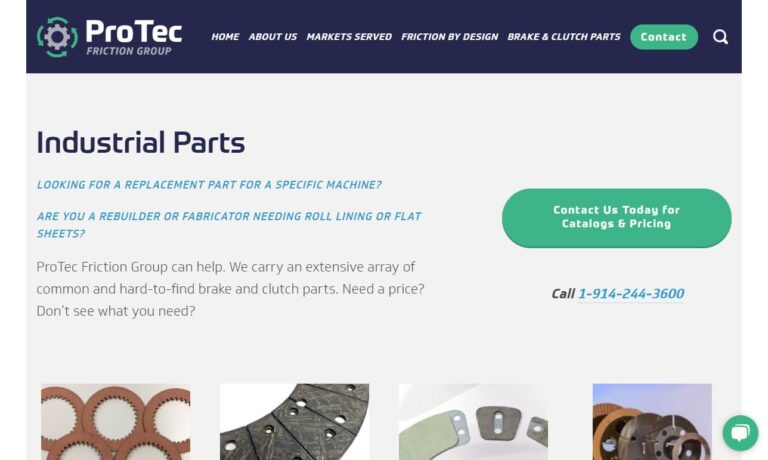
Cleveland Oak's friction material products division designs & manufactures friction products such as brake shoes, clutch facings, bands, disc brake pad products plus clutch pads. We keep metric & standard molded, sheet & woven friction materials in stock & perform friction materials bonding and riveting. In business since 1916, our high quality friction materials are economically priced as well.
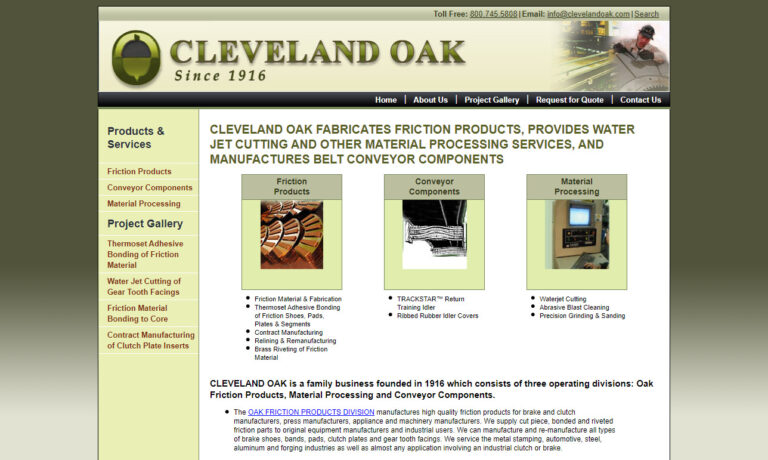
At Fisher Barton’s Accurate Specialties, our innovative, integrated manufacturing supports our expertise in chill casting, centrifugal casting, spuncast gear blanks, continuous casting, and more. Fisher Barton delivers complete, Accurate Specialties branded, fully machined, ready-to-hob bronze gear blanks made to exact customer specifications. With us, you can guarantee quick turnaround times...
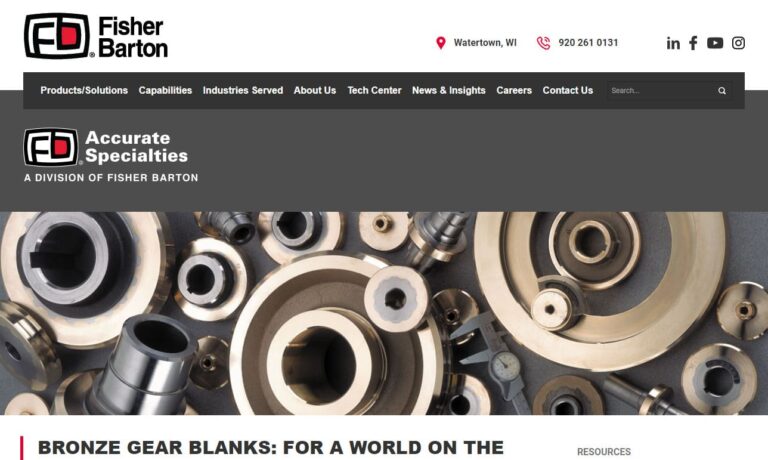
In business since 1732, The Rowland Company is a specialty distributor/fabricator of industrial power transmission components and friction materials. The company specializes in problem solutions tailored to our customer's specific needs from clutch sets and brake assemblies to couplings, gear boxes, variable speed drives and other related items, all designed to withstand rugged industrial use.

More Ceramic Brake Pad Manufacturers
As ceramics have long been praised for their heat resistance and durability, they have become a prime choice for brake pad manufacturers. The extreme hardness, resistance to weathering and wear, high stiffness, resistance to chemical corrosion and compressive strength of these non-metallic substances heighten their applicability. Automotive, agricultural and transit industries make use of both commercial and industrial grade ceramic brake pads. Ceramics begin as a granular powder that is purified before being measured and often combined with other ceramics or substances such as metal shavings.
The friction materials are then bonded together by manufacturing techniques such as sintering, firing, hot pressing, hipping, extrusion, fusing, slip or pressure casting, injection molding and deposition many of which can be utilized in the production of a wide variety of brake pads. Because these composites retain the positive qualities of each element entered into them, they can be made specific to a given industrial or commercial application. Alumina, or aluminum oxide, boron carbides and silicon carbide are the most common of the advanced, technical and engineering grade ceramics used in the production of brake pads.
The basic process of braking relies heavily on the functionality and efficiency of the brake pad. When a lever or pedal is pressed, it sets into motion a chain of events beginning with the release of brake fluid which is put under pressure and travels to the braking mechanism of each wheel where a small hydraulic pump engages the shoe or caliper. Ceramic brake pads, attached with strong adhesive glue or rivets, are thus pressed against the spinning surface of the wheel or disc. The friction created by contact between the two materials causes the wheel to slow in proportion to the amount of pressure applied.
Because ceramics maintain their structural integrity even in the presence of tremendous heat, they offer increased stopping power as compared to metallic counterparts which experience thermal expansion. While a grating or squealing noise is produced by this friction, ceramics generate a frequency beyond human hearing capabilities and thus are less of an annoyance to consumers. Reduced dust is another significant benefit of ceramic brake pads. The friction inherent in braking grinds both the rotor and the pad, generating small pad fragments that break off and can cause a loss of traction or vibration.
The durability and heat resistance of ceramics significantly reduce the amount of brake-dust generation. Shimmed, chamfered, and slotted ceramic brake pads further reduce heat expansion related cracks and noises.

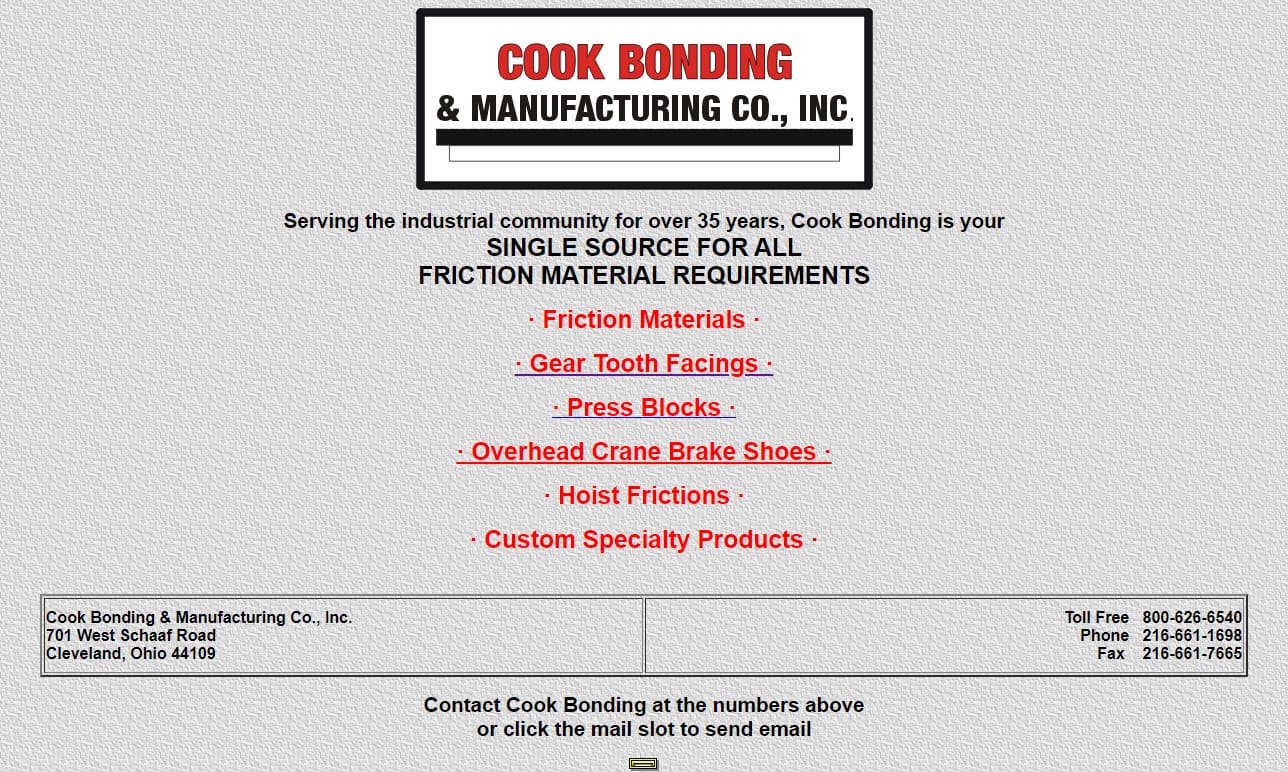
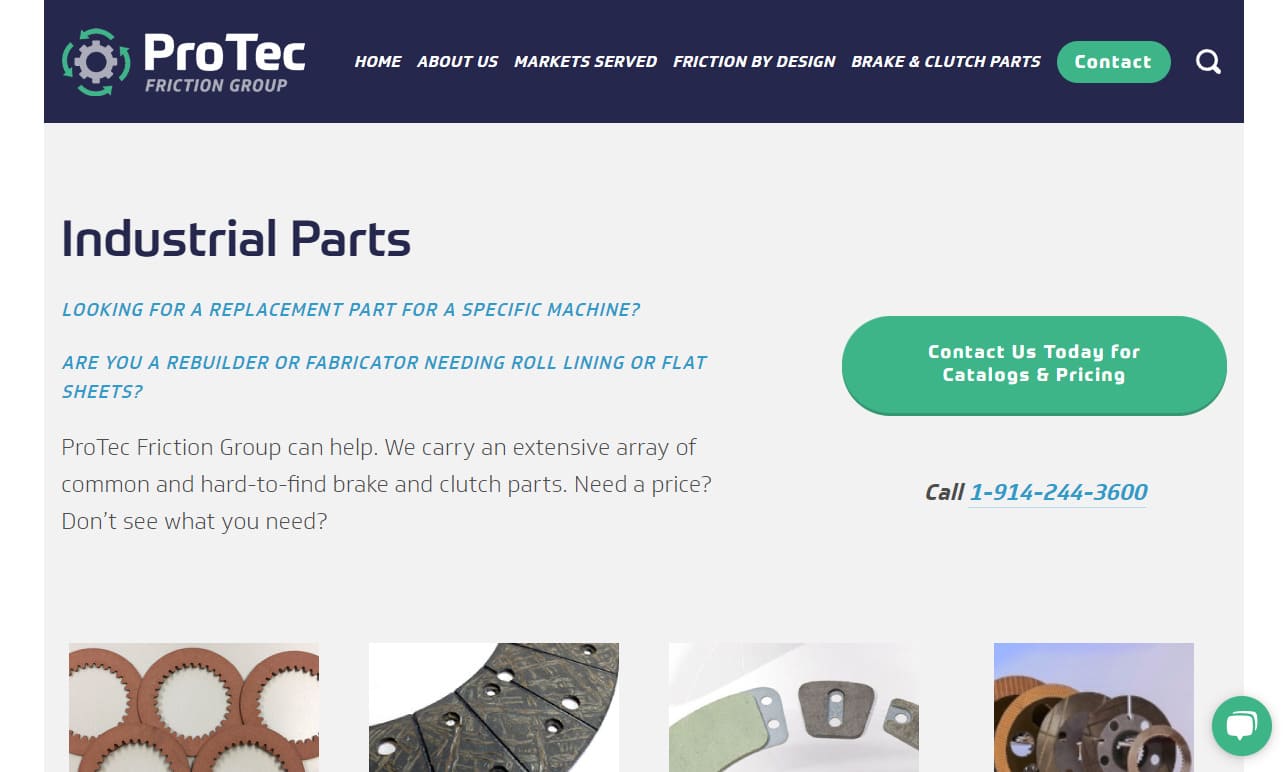
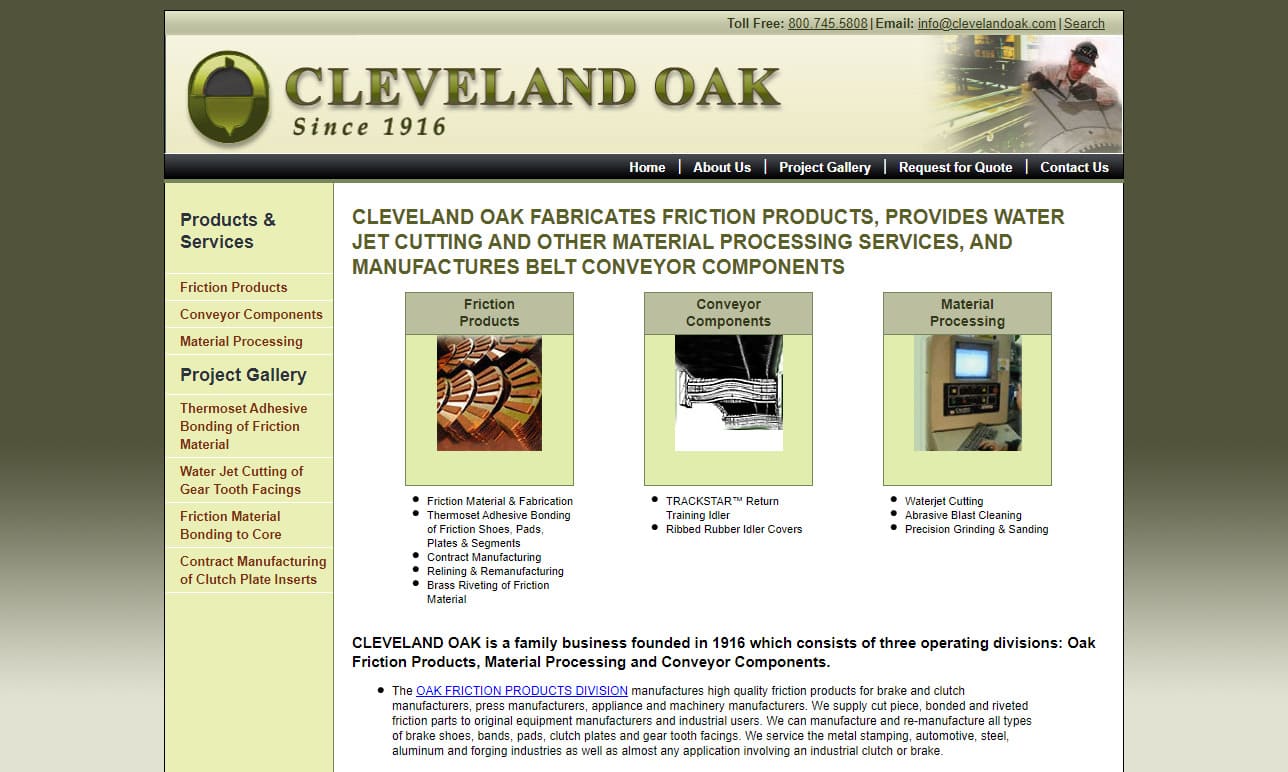
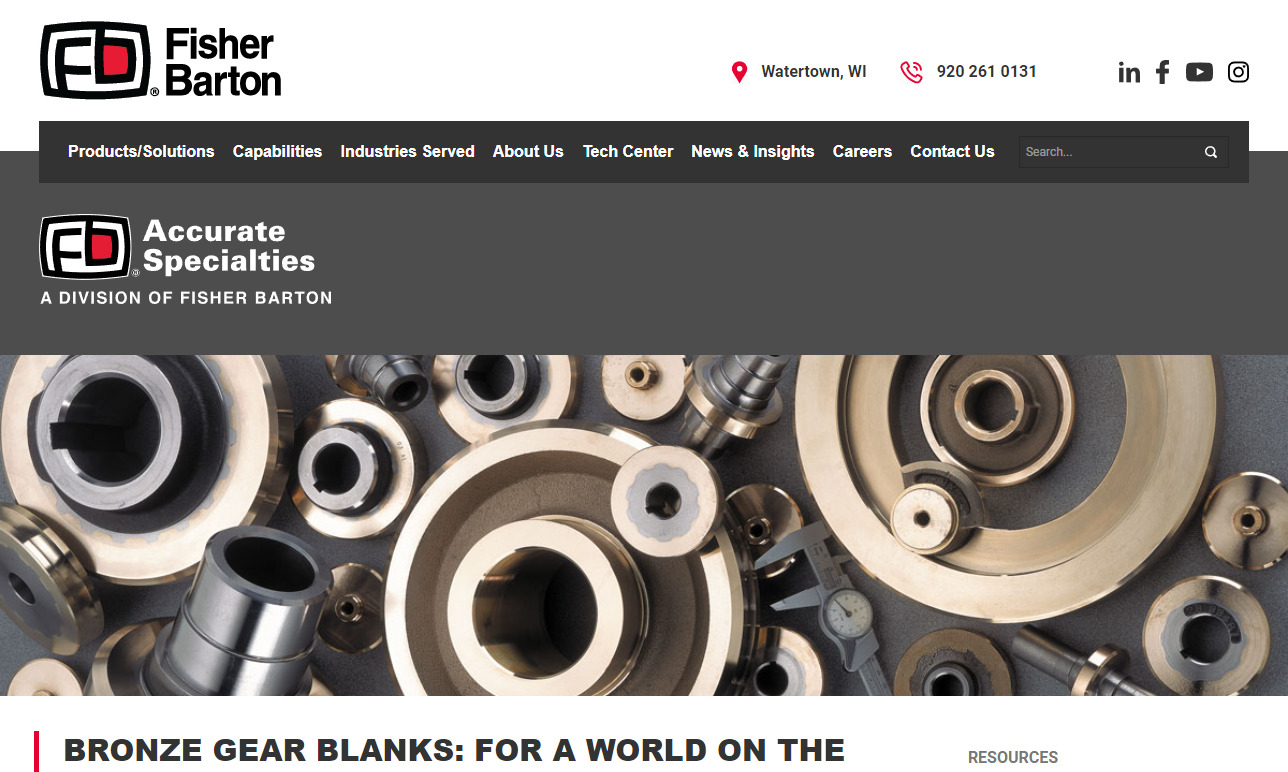

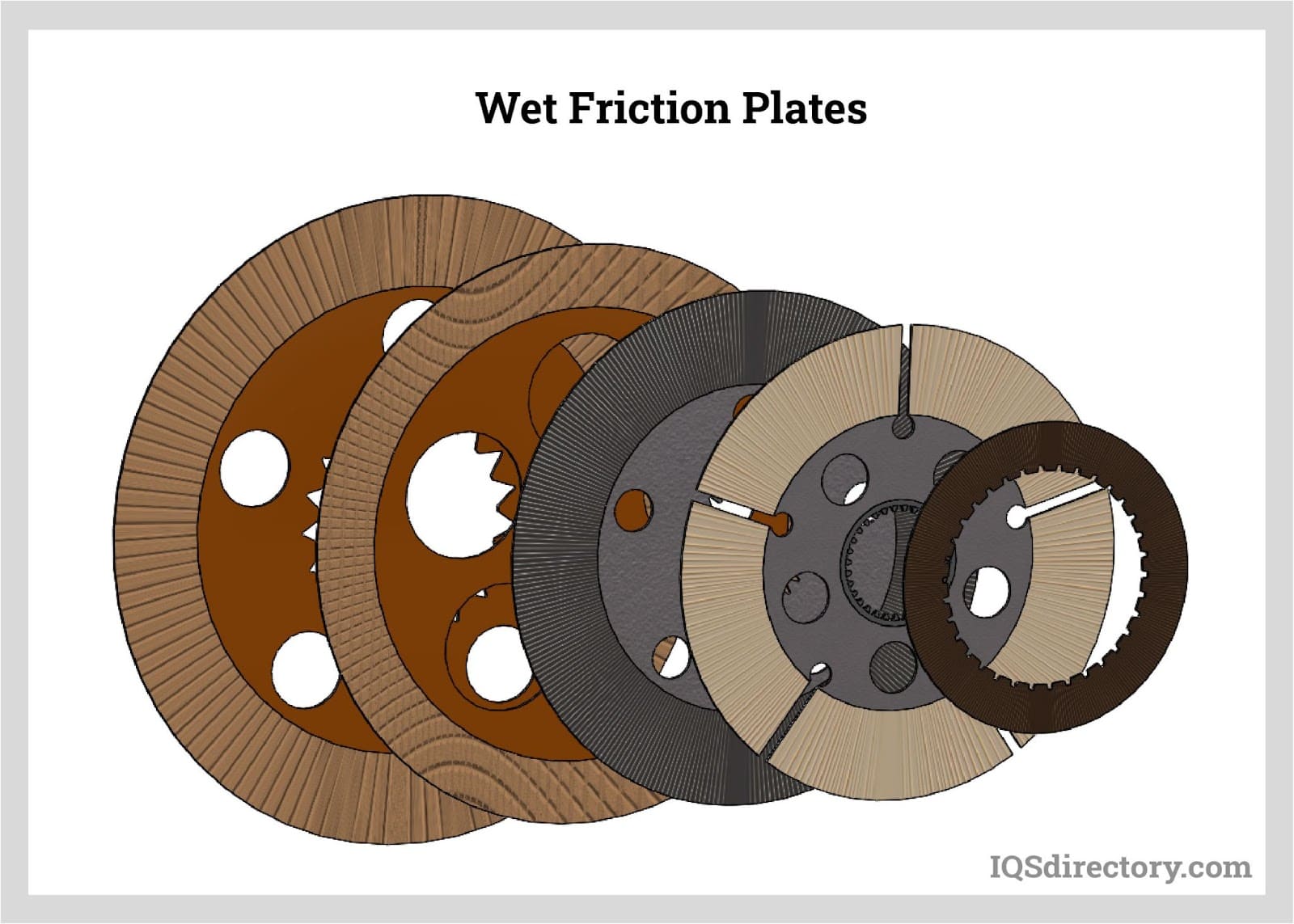
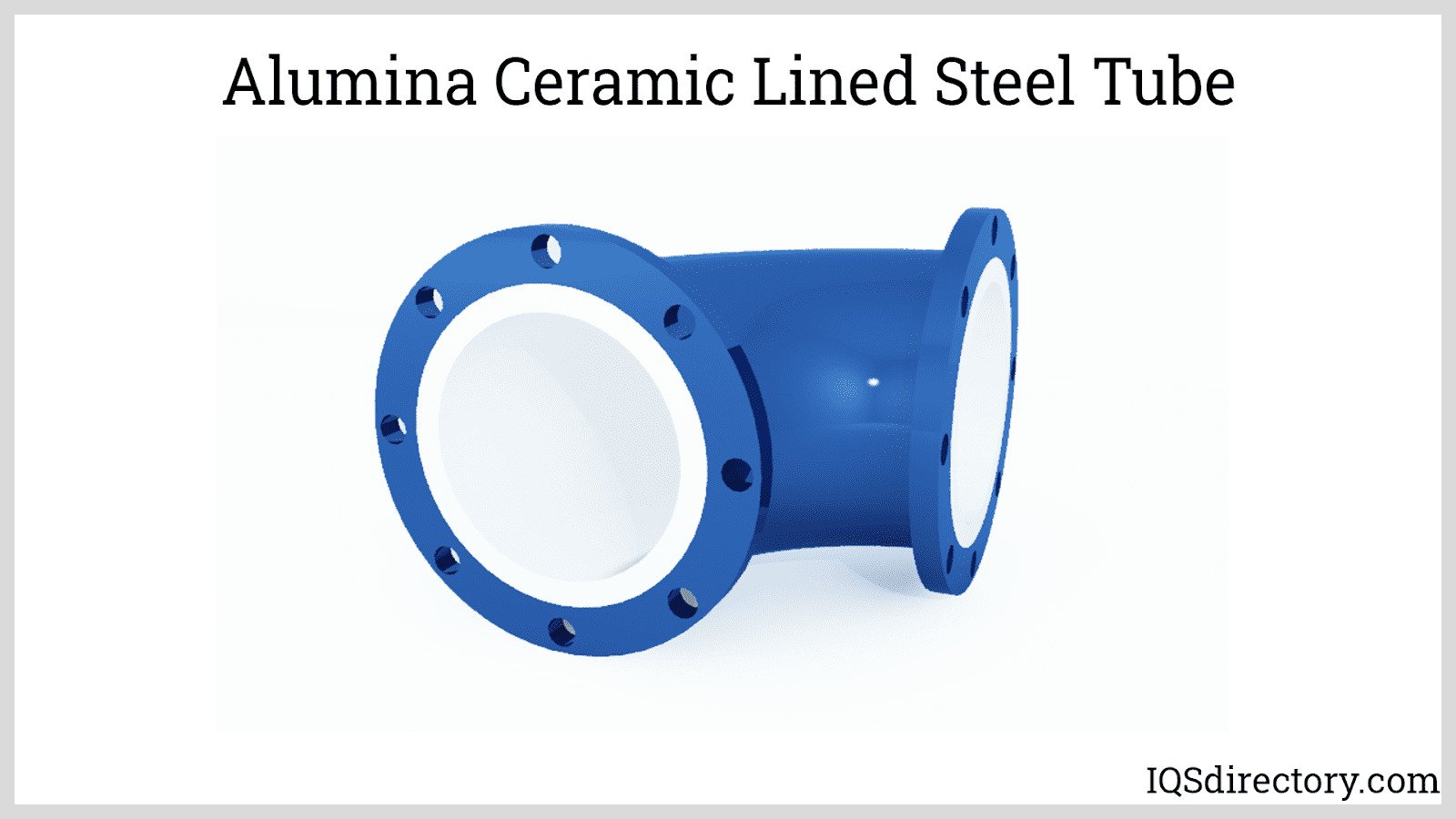
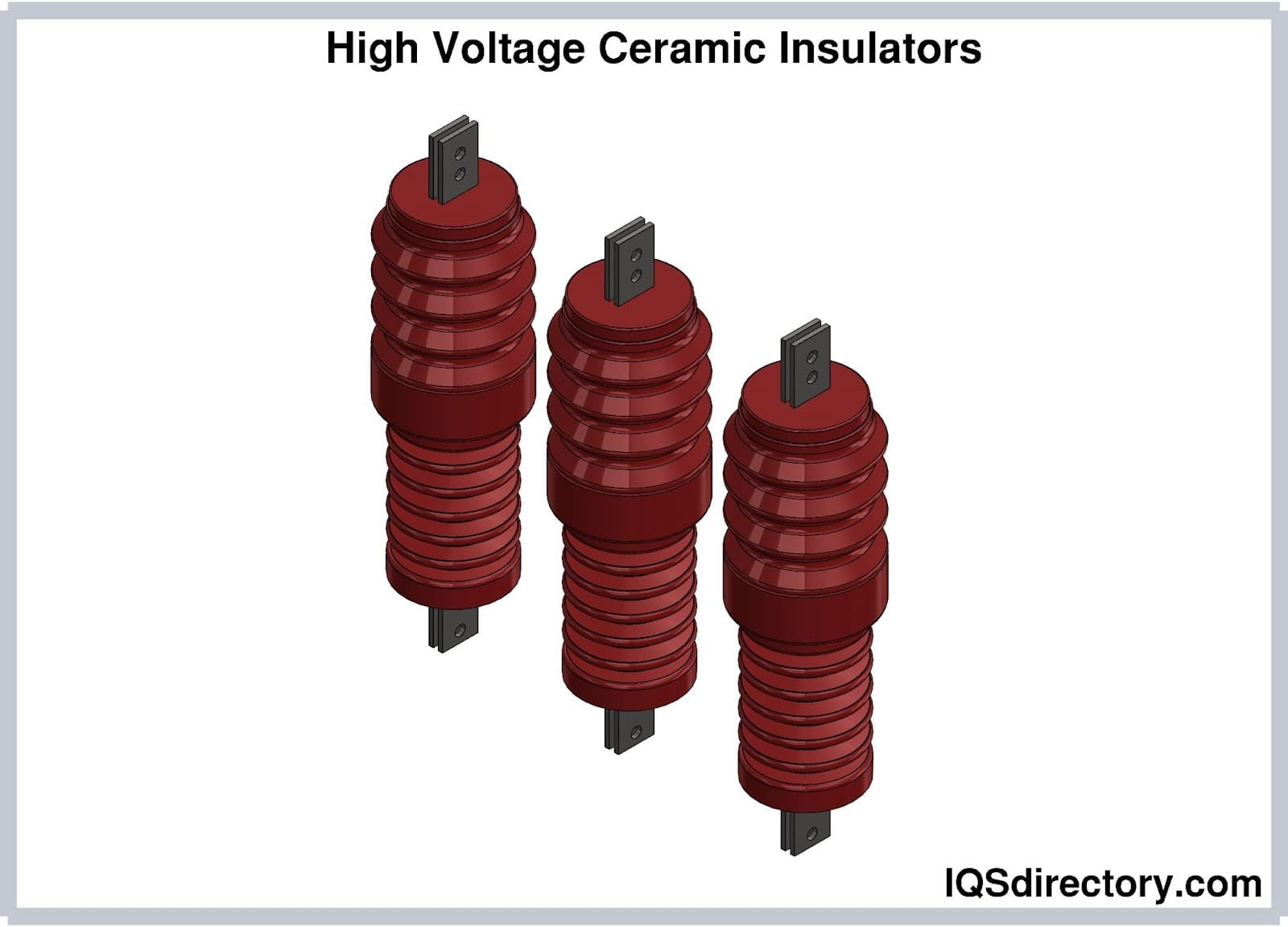
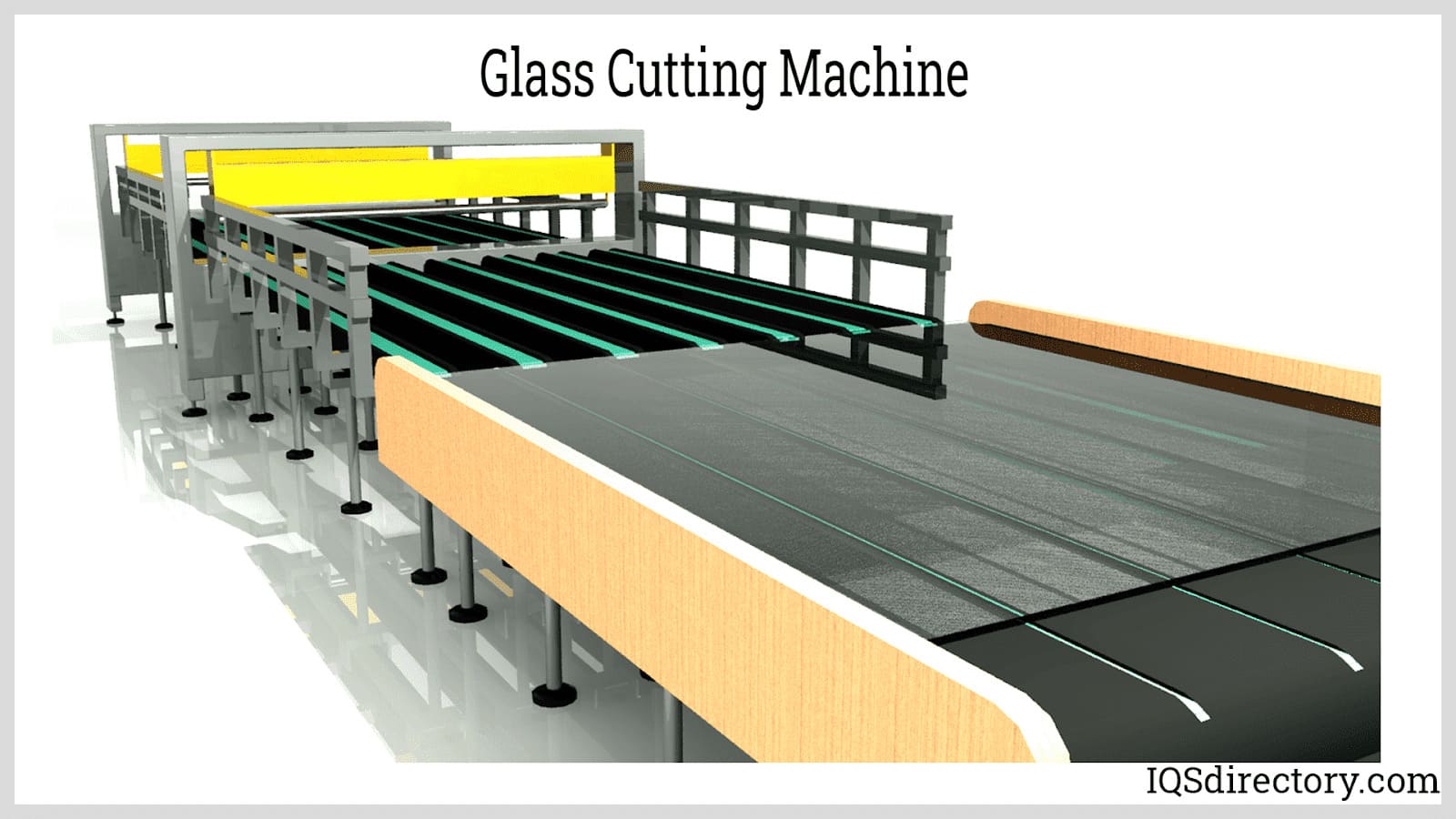
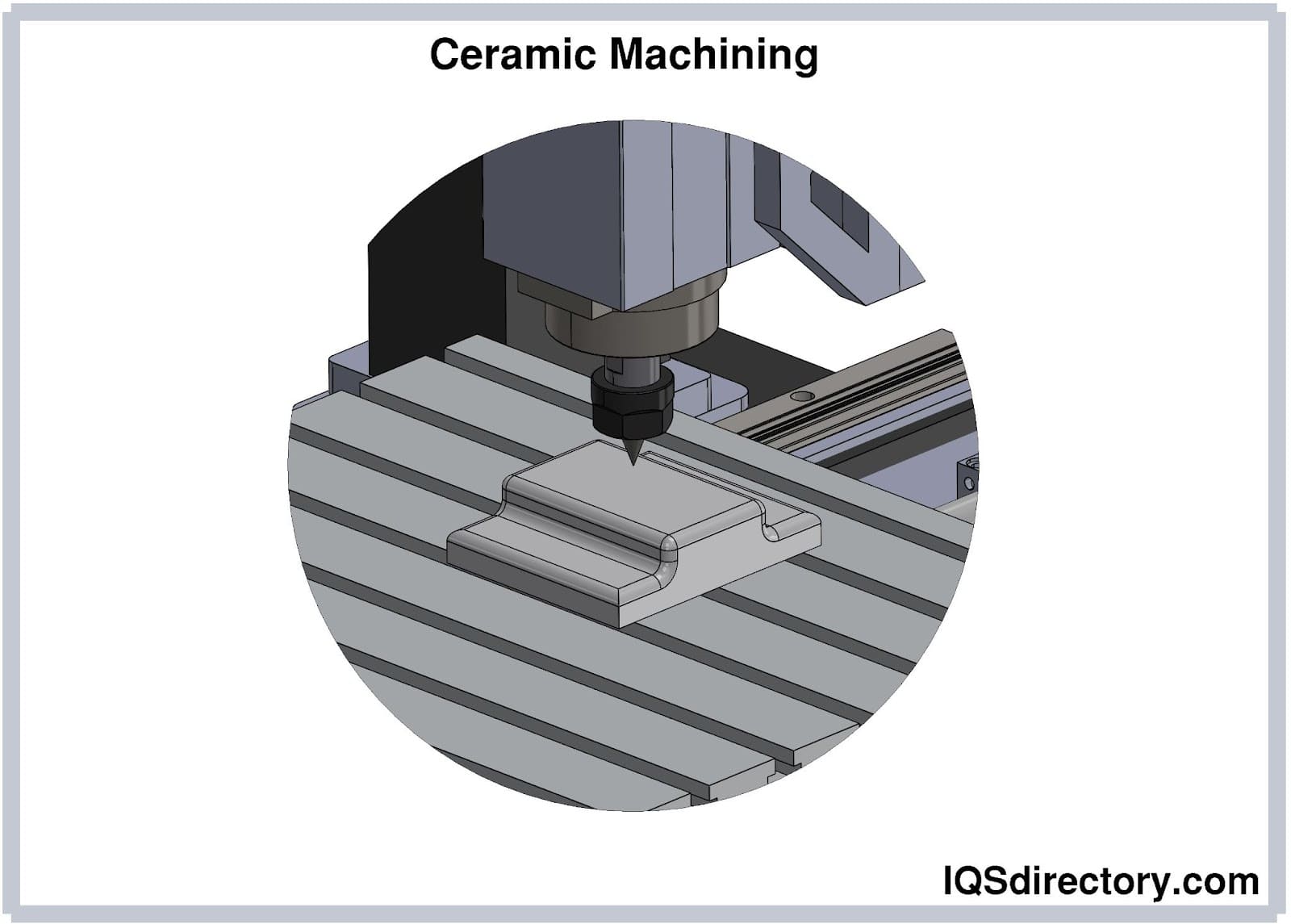
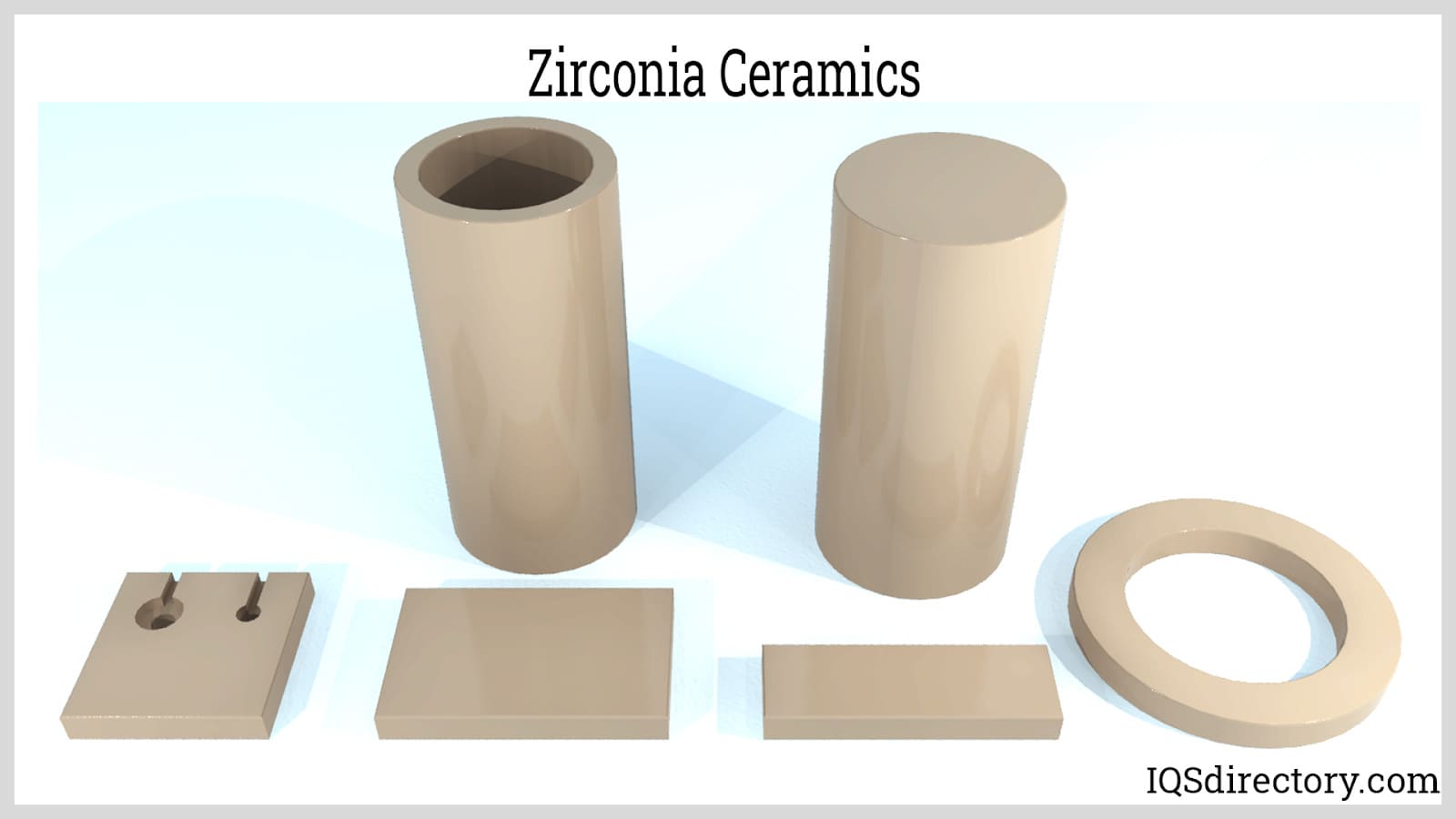
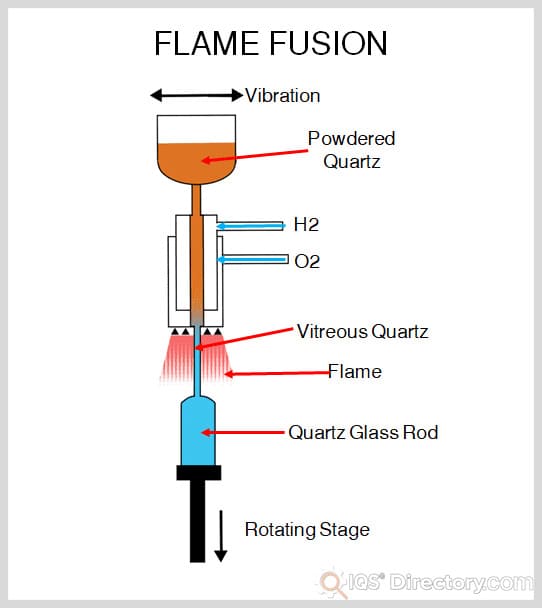
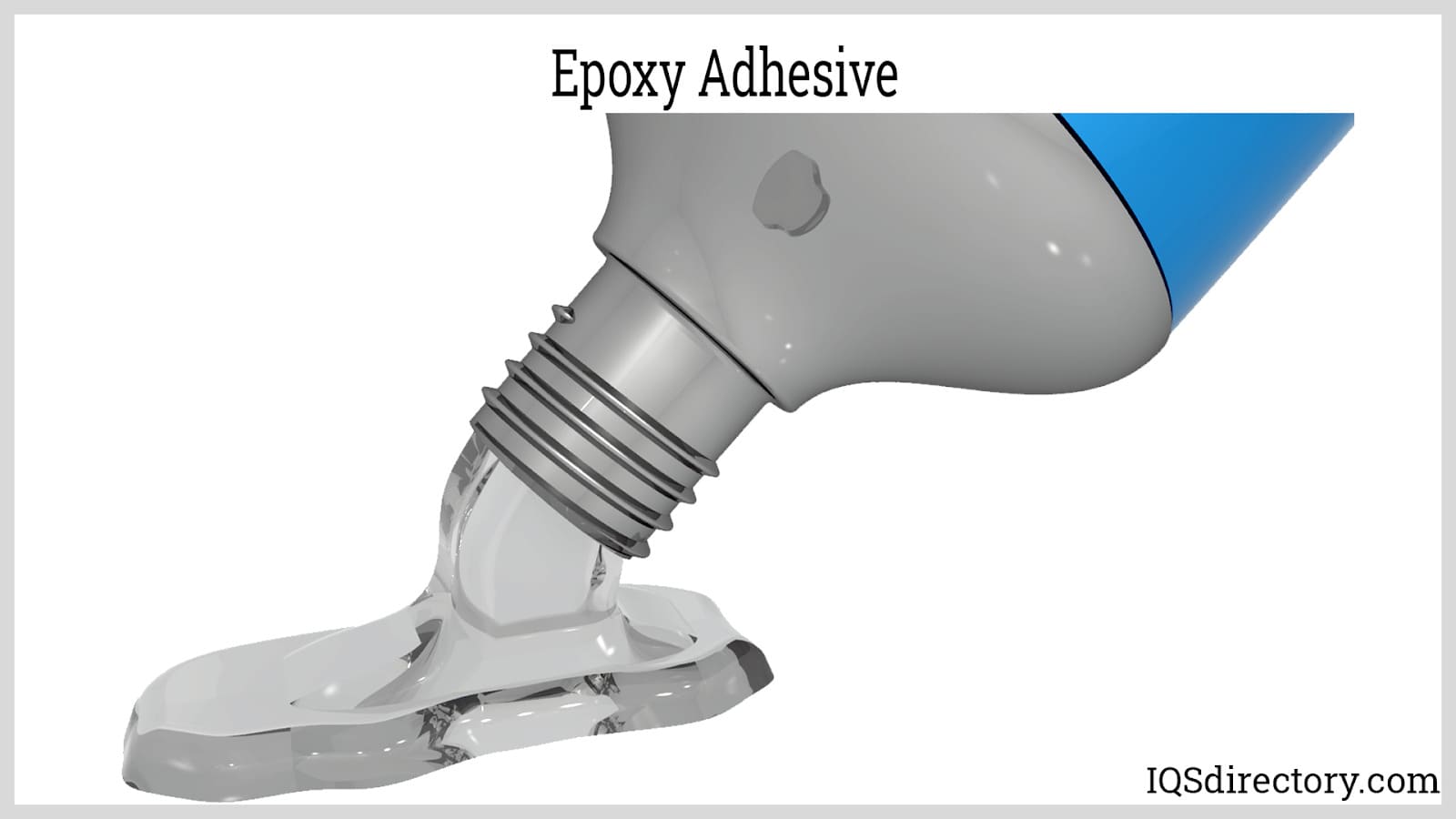
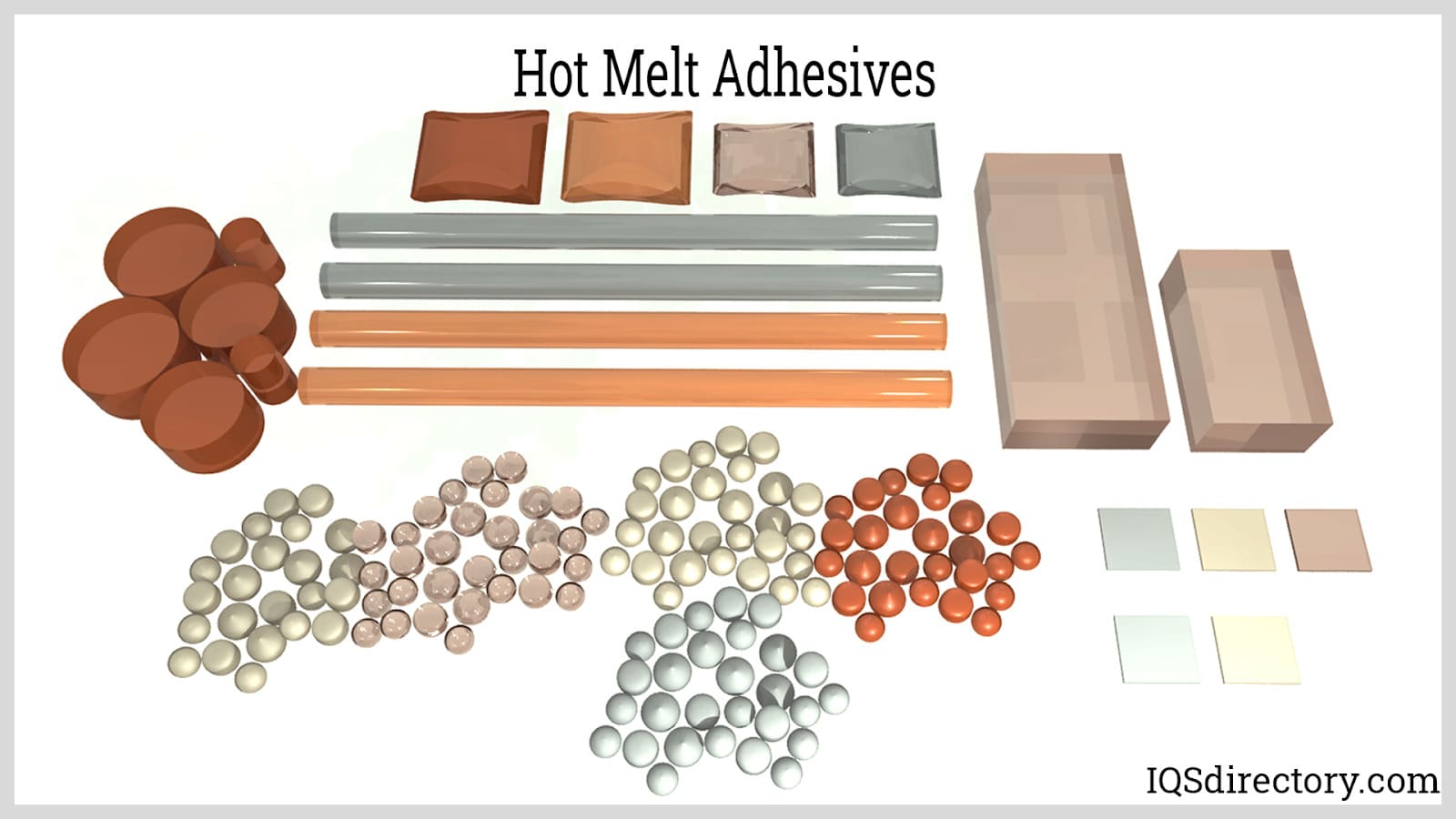
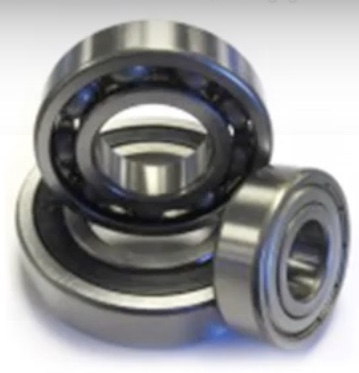 Ball Bearings
Ball Bearings Ball Screws
Ball Screws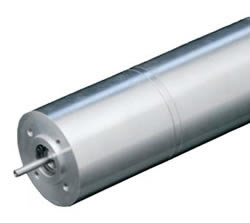 Electric Motors
Electric Motors Friction Materials
Friction Materials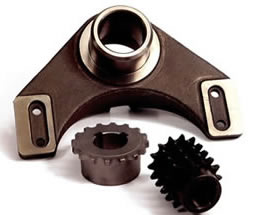 Gears
Gears Quick Release Couplings
Quick Release Couplings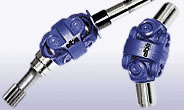 Shaft Couplings
Shaft Couplings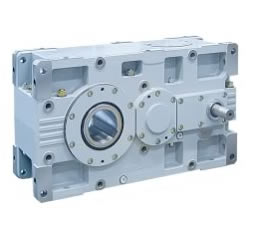 Speed Reducers
Speed Reducers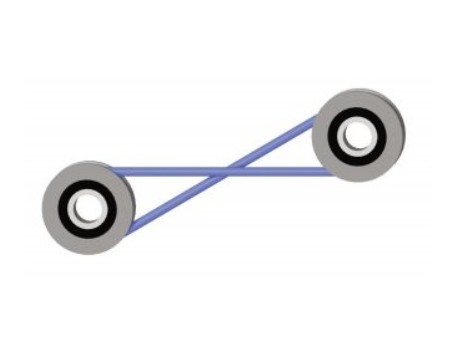 Timing Belting
Timing Belting Castings & Forgings
Castings & Forgings Bulk Material Handling
Bulk Material Handling Electrical & Electronic Components
Electrical & Electronic Components Flow Instrumentation
Flow Instrumentation Hardware
Hardware Material Handling Equipment
Material Handling Equipment Metal Cutting Services
Metal Cutting Services Metal Forming Services
Metal Forming Services Metal Suppliers
Metal Suppliers Motion Control Products
Motion Control Products Plant & Facility Equipment
Plant & Facility Equipment Plant & Facility Supplies
Plant & Facility Supplies Plastic Molding Processes
Plastic Molding Processes Pumps & Valves
Pumps & Valves Recycling Equipment
Recycling Equipment Rubber Products & Services
Rubber Products & Services